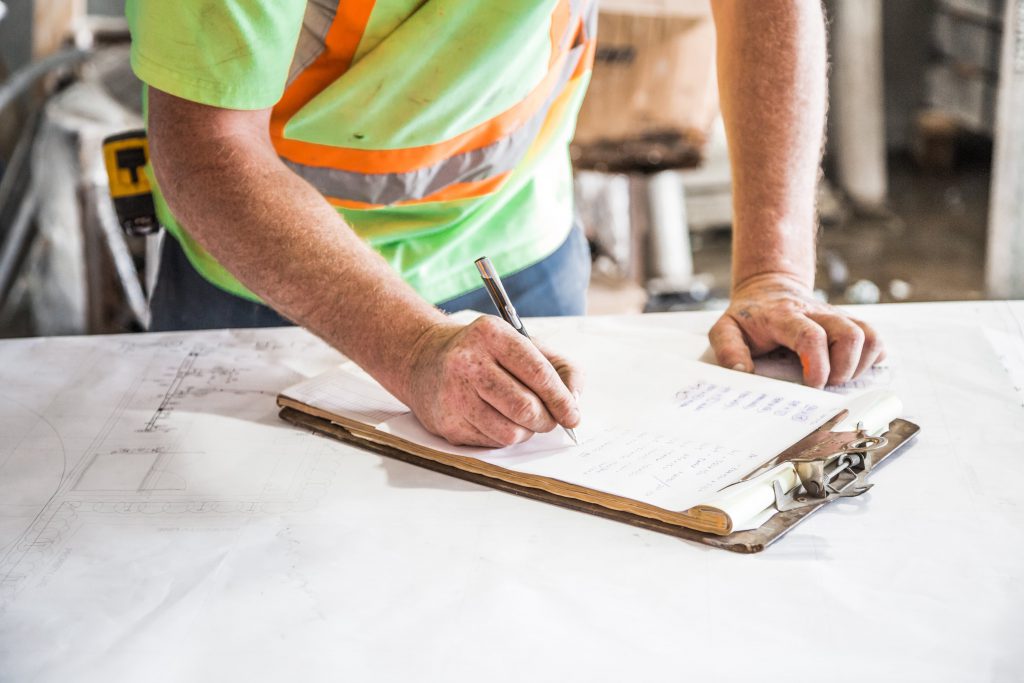
Write off 100% of qualifying facility improvement costs
It may seem surprising, given the economic uncertainty caused by the pandemic, but right now is an excellent time to invest in non-residential facility upgrades.
Here’s why: When you invest in upgrades — e.g., install a new HVAC system — you get a tax deduction for the project costs. In the past, this deduction was taken over a 39-year period, resulting in a 2.5 percent write-off each year.
That’s now changed. The 2020 Coronavirus Aid, Relief, and Economic Stability (CARES) Act allows a full deduction of certain project costs in a single year, without limitation on the size of the project.
If you’ve been waiting for the right time to make major facility upgrades, the wait is over.
WHAT FACILITIES QUALIFY FOR THE FULL DEDUCTION?
Qualified improvement properties (QIPs), including:
• Hospitals and healthcare facilities • Office buildings • Factories and plants • Logistics facilities • Any other non-residential property
WHAT ISN’T INCLUDED IN QIPS?
• New construction • Upgrades to the facility’s structure (e.g., expansions, remodeling, etc.) • External envelope of the building (e.g., windows, doors, roof, cladding) • Residential structures • Certain equipment (e.g., elevators)
WHAT FACILITY UPGRADES CAN BENEFIT?
Non-structural upgrades (including both equipment and installation costs) to the interior envelope of existing facilities, including:
• Building management systems • Sensors, valves, actuators, & other HVAC devices • Uninterruptible power supplies, switchgear, and other electrical distribution equipment
WHAT ELSE DO YOU NEED TO KNOW ABOUT THE SECTION 168 DEDUCTION?
• There’s no limit on the cost of equipment that can be expensed. • You can combine it with other incentives, such as renewable energy tax credits and utility rebates.
EXAMPLE CASH SAVINGS OF A QIP PROJECT COST
A fictional hospital invests $1,000,000 in a humidifier system upgrade replacing a number of outdated units with a Condair DL Series hybrid humidifier package.
The chart shows the tax benefits before and after the changes the CARES Act made to Section 168 of the tax code.
The benefit of the accelerated depreciation results in a cash savings of $204,615 in year one.
If you combine the savings of the CARES act along with local state rebates for energy tax credits or utility rebates, your savings can be increased even further.

Contact us today (sales@michiganair.com) to discuss how we can help you take advantage of the CARES Act incentive.
